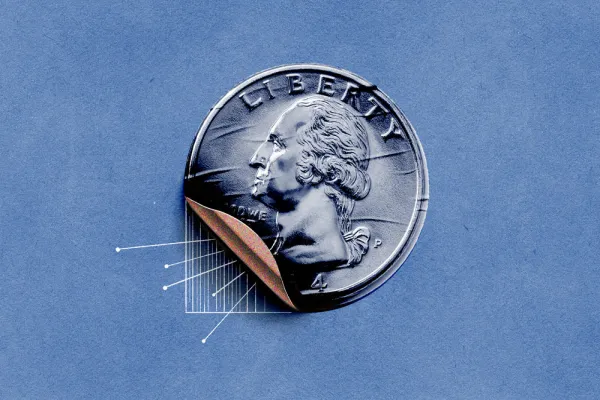September 1990 — The U.S. economy was in recession, and federal agencies contemplated a financial overhaul to cope with the savings and loan crisis and the competitive threat of soon-to-be-unified Europe. In “Financial Regulation: Who’s in Charge Here?”, II presented readers with a multiple-choice quiz asking which phrase best described U.S. policy on financial services: (a) deregulation, or freeing up U.S. banks to grow and compete worldwide; (b) tougher standards, to prevent a repeat of the S&L collapse; (c) cop on the beat, supervising but not dictating strategy; (d) too big to fail, now an all-too-familiar phrase; or (e) social responsibility, giving banks access to cheap credit to promote home ownership. Well, it may be time for a makeup exam in light of a series of seemingly contradictory decisions made by U.S. officials this year that left more than a little ambiguity about the government’s actual policy on financial firms. Bear Stearns Cos., one of the smallest investment banks on Wall Street, was picked up by JPMorgan Chase; its larger rival Lehman Brothers was allowed to fail; Fannie Mae and Freddie Mac, archetypes of social responsibility, were nationalized. Take notes; there will be a test.
Did II Say That? 1990 financial regulation.
September 1990--What we said about financial regulation.
Joshua Pasanisi
November 12, 2008




